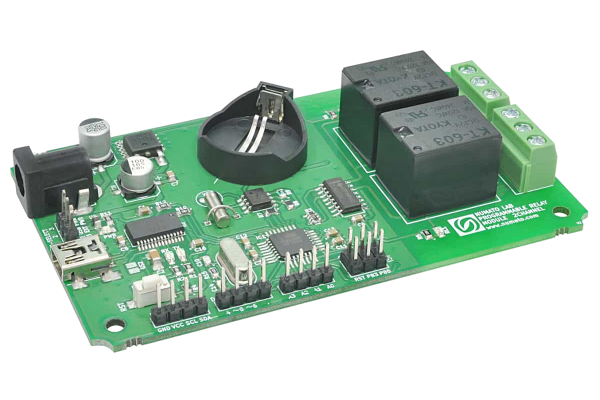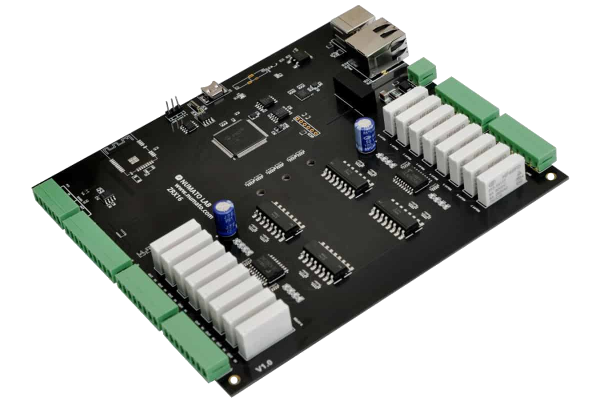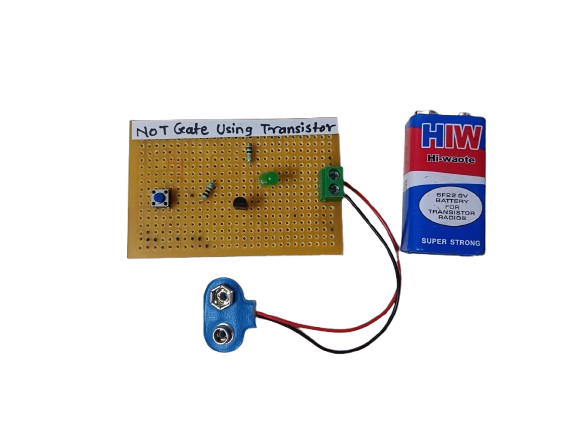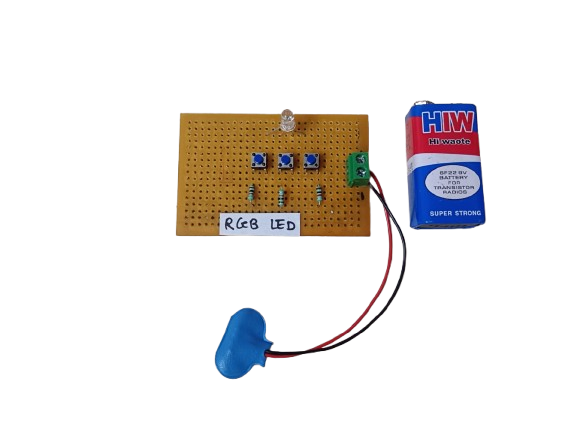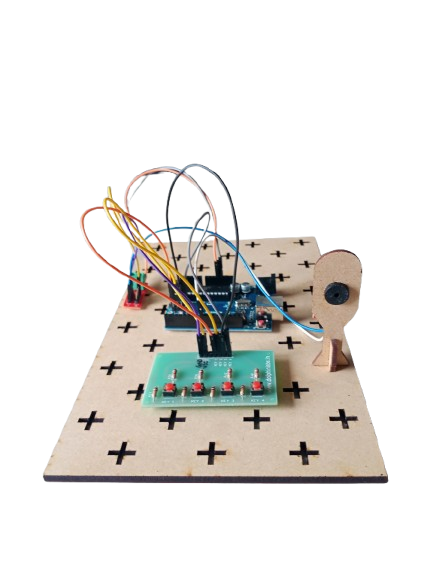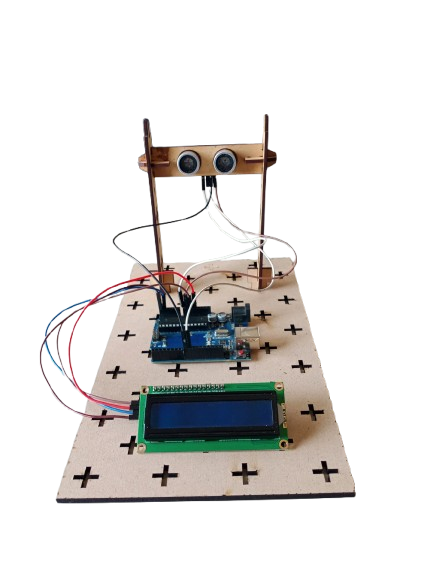Visitor Counter
A Visitor Counter automatically counts the number of people entering or leaving a room using an IR sensor. The count is displayed on a 16×2 LCD, and a buzzer can alert when a specific limit is reached. This project is widely used in shops, libraries, offices, and events to monitor occupancy. It demonstrates sensor interfacing, counting logic, and real-time display using Arduino.
Description
A Visitor Counter using Arduino is an electronic system designed to automatically count the number of people entering or exiting a room or building. It typically uses sensors like IR (infrared) sensors, ultrasonic sensors, or motion detectors to detect movement, and the Arduino micro-controller processes the data to update the count. This system helps monitor occupancy, manage crowd control, and analyse visitor flow in places like offices, libraries, malls, and exhibitions.
Features
- Automatic Counting – Counts visitors entering and exiting without manual intervention.
- Real-Time Display – Shows the current number of visitors on an LCD or 7-segment display.
- Bidirectional Counting – Can distinguish between entry and exit.
- Sensor-Based Detection – Uses IR, ultrasonic, or motion sensors for accurate detection.
- Microcontroller Control – Arduino processes sensor data efficiently.
- Compact & Low-Power – Small, portable design with minimal power consumption.
- Programmable – Can set limits or trigger alerts when a maximum capacity is reached.
Applications
- Offices & Workplaces – Monitor occupancy and ensure safety regulations.
- Libraries & Museums – Track footfall and visitor trends.
- Retail Stores & Malls – Analyze customer traffic for business insights.
- Events & Exhibitions – Count attendees for better crowd management.
- Public Transport & Facilities – Monitor usage of buses, trains, or public halls.
Advantages
- Accurate Counting – Reduces human error in manual counting.
- Real-Time Monitoring – Immediate updates on visitor numbers.
- Easy Integration – Can be combined with alarms, displays, or databases.
- Cost-Effective – Low-cost solution using Arduino and basic sensors.
- Automation – Eliminates the need for a dedicated person to count visitors.
- Data Collection – Helps analyze visitor trends over time.
Disadvantages
- Sensor Limitations – May miscount if multiple people pass simultaneously.
- Power Dependence – Requires continuous power supply.
- Environmental Sensitivity – Dust, sunlight, or obstacles can affect sensor accuracy.
- Limited Range – IR or ultrasonic sensors have distance constraints.
- Maintenance Needed – Sensors and display may require periodic check.
The Visitor Counter project demonstrates real-time monitoring of people entering a room using Arduino, IR sensors, LCD, and a buzzer. It provides an efficient and automated method to track occupancy, helping in crowd management and safety compliance.This project is a simple yet effective introduction to sensor interfacing, counting logic, and real-time display in embedded systems.




